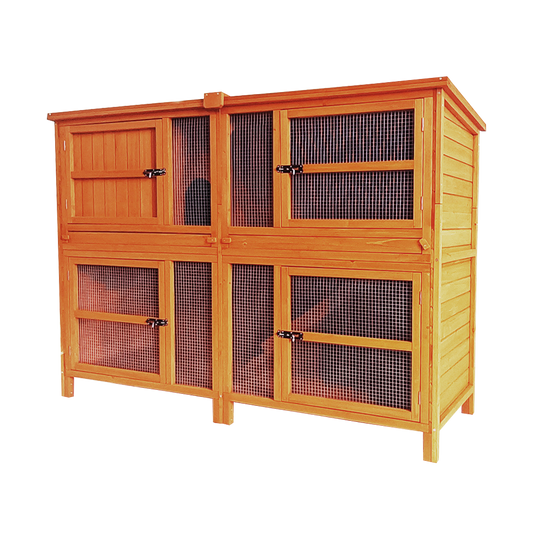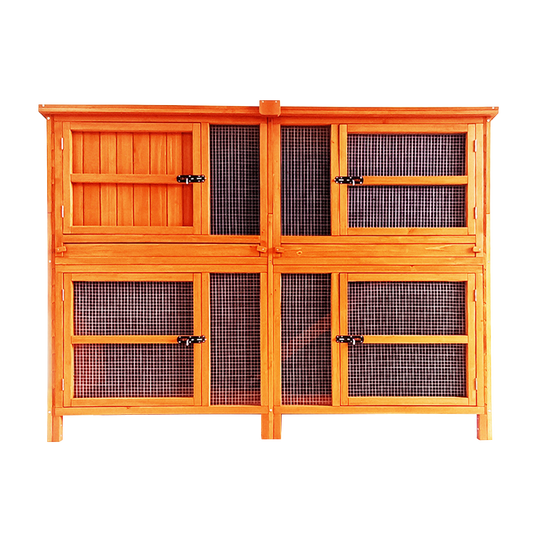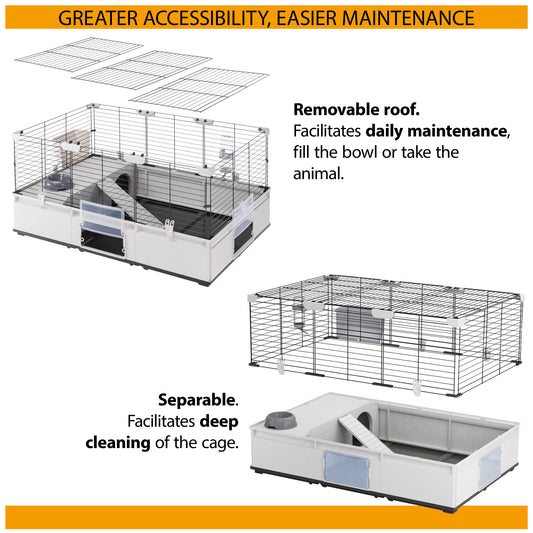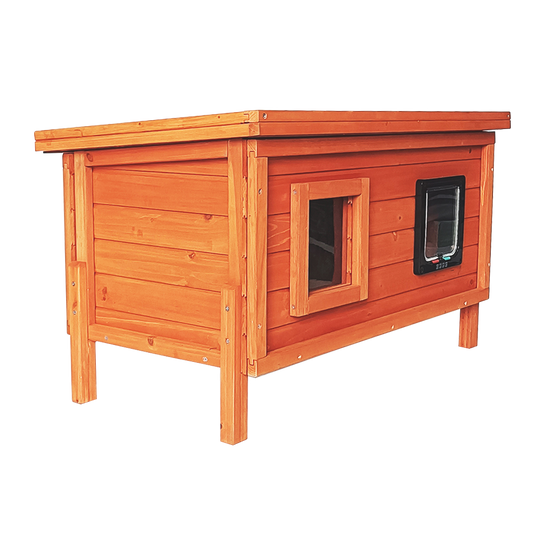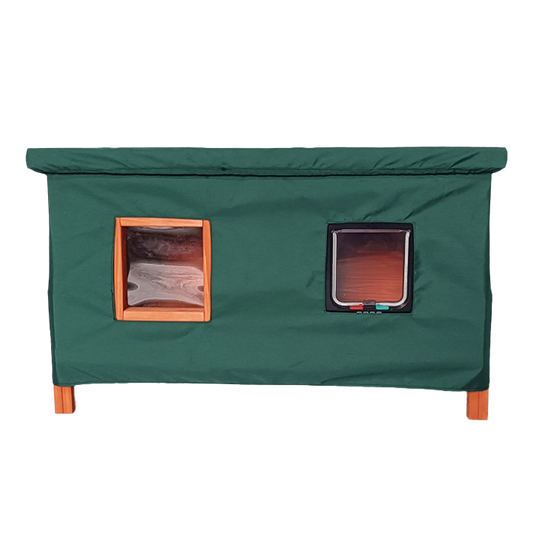How to handle dog shedding
Dog hair can get everywhere and it is quite usual for a dog owner’s home and clothes to be constantly covered in a hairy layer. While the constant sweeping and vacuuming required to keep on top of it can be frustrating, shedding is a normal and very necessary part of being a dog.
Dogs shed dead hair to make way for new healthy hair to grow in its place and the amount they lose depends on the time of year and their breed. Some dogs will shed steadily all year round, some will ‘blow’ their coats at the beginning of spring, and other seem not to lose much hair at all.
Canine coat types
Different breeds of dog have different coat types, depending on the climates they originated from and the jobs they were bred to do.
- Smooth coats (Greyhounds, Whippets, Bulldogs, Pointers, Staffordshire Bull Terriers and smooth Dachshunds). These coats are high shedding as the hair is short and continually growing.
- Short coats (Labradors, Rottweilers, Pugs and Fox Terriers). These coats are high shedding as the hair is short and continually growing.
- Combination coats (Golden Retriever, Border Collies and Cavalier King Charles Spaniels). These coats tend to shed on a seasonal basis. They are a combination of long hair on the undercarriage and legs, and short hair on the face and body.
- Double coats (Alaskan Malamutes, Huskies, German Shepherds and Corgis). These coats have a coarse outer layer and soft undercoat. Seasonal shedding occurs and dogs will ‘blow’ their coat at the end of winter.
- Heavy coats (Saint Bernards, Newfoundlands, Rough Collies and Pomeranians). Seasonal shedding occurs depending on climate.
- Silky coats (Setters, and Cocker and Springer Spaniels). Seasonal shedding occurs depending on climate.
- Long coats (Bearded Collies, Lhasa Apsos and Yorkshire Terriers) These coats shed minimally as the hair will keep growing unless cut, like human hair.
- Curly coats (Poodles, Bedlington Terriers and Bichon Frises). These coats shed minimally and will require regular trimming.
- Wire coats (Many of the terrier breeds, as well as the Irish Wolfhound and Schnauzer). The soft undercoat will shed seasonally while the course top layer will need to be stripped every four-eight weeks.
Seasonal shedding
When dogs worked and spent most of their time outdoors it was more obvious when a change of coat was required. Thicker coats would grow over the winter, which would then be shed during the spring as the temperature heated up.
These days, pet dogs spend more time in centrally-heated homes during the winter so the traditional shedding cycles are interrupted. This means that some breeds will shed heavily all year round.
How to reduce shedding
While you can’t stop a dog from shedding, there are some things you can do to limit the amount of hair your pet leaves lying around. The most useful thing you can do is start brushing your dog regularly – daily if you can – with a brush suited to your pet’s coat type. By removing dead and loose hair with a brush you will be reducing the amount that is shed directly on to your furnishings and clothes.
Scratching can increase the amount of hair that a dog sheds so make sure they have no reason to be itchy. Use appropriate parasite prevention to keep your dog flea and tick-free and look out for any irritation, which could indicate an allergy.
Shedding will be reduced if a dog’s coat is in tip top condition. You could bathe them regularly with an oatmeal shampoo to keep their coat strong or consider using a fish oil supplement designed to improve skin health.
A poor diet and stress can also lead to increased shedding. Make sure your pet is eating an appropriate balanced diet and look out for signs that they could be suffering with stress. These include loss of appetite, diarrhoea, panting, pacing and excessive yawning.
Consider investing in a good vacuum cleaner that has been designed specifically to deal with pet hair and has a HEPA filter to reduce allergens. A lint roller is also a handy tool to get stubborn hair out of furnishings and clothing – a washing machine won’t always be able to remove stuck-on hair.
The Best Brushes For Each Breed
For smooth coats: We recommend the Mikki Massage Slicker. This soft rubber brush is perfect for smooth, short coats and sensitive skin.
For short coats: The Mikki Massage Slicker is also a good choice, but for a deeper clean you can try the Furminator DeShedding Tool for short hair. This brush is great for getting to the root of the problem, removing any dead hairs using short, repeated strokes. For slightly thicker short coats, the Mikki Easy Clean Slicker is a slicker brush that collects hairs from both the topcoat and undercoat, and has a convenient push-action mechanism that allows for the easy removal of dead fur from the slicker pins. Be careful and apply light pressure when using a slicker on short coats, as the pins can sometimes irritate the skin.
For double or heavy coats: The best brushes for double and heavy coated breeds are rakes, combs, and slickers. Combine the use of the Mikki Anti-Tangle Comb, the Mikkie Undercoat Rake, and the Mikki Hard Pin Slicker for the fur-fect grooming routine to manage mats.
For silky or long coats: Silky or long coats may look silky smooth, but they can still become matted if left ungroomed. First use the Mikki Dual Comb to loosen any knots. Then use the Mikki Massage Slicker for a gentle groom in thinner spots, and the Mikki Easy Clean Slicker in thicker areas such as the armpits and behind the ears.
For curly and wire coats: Curly and wire coats can be tricky to tame, but once you've got a good routine you'll soon master the mats. Both curly and wire coats benefit from the use of a pin brush, slicker, and wide-tooth comb in that order. Curly coated dogs may also need a trim every so often to keep on top of their luscious locks. For this, use the Mikki Thinning Scissors to thin out fur in areas prone to matting, such as the base of the tail. If you do not feel comfortable doing this yourself, professional groomers will do this for you
When to be concerned
It is perfectly normal for dogs to shed a lot but if you notice your pet is losing hair but not growing a new coat in its place it could be a sign that something is wrong. If your dog develops bald patches, or their skin looks red or sore, you should get them checked over by your vet as it could be a sign of illness.
Shop All Dog Shop All Dog Grooming
If you enjoyed this, why not check out:
How Much Should I Feed My Dog?
How to Take Care of Your Dog's Teeth




